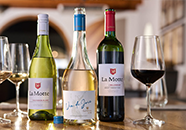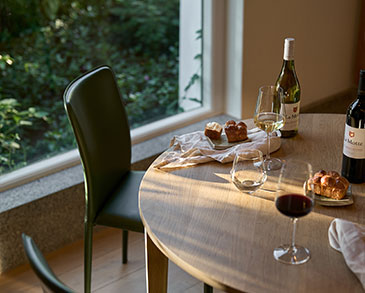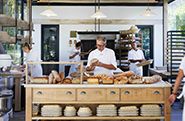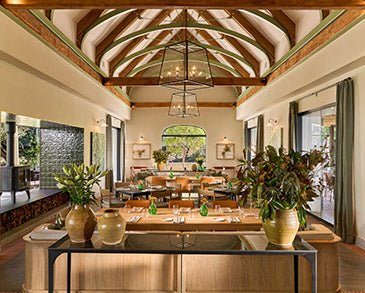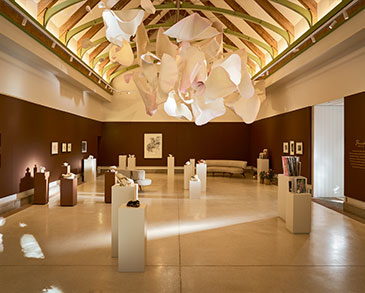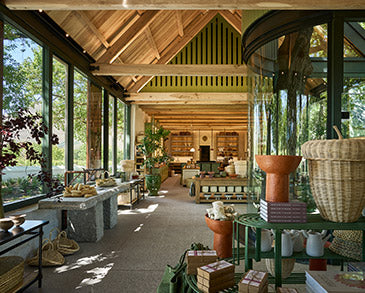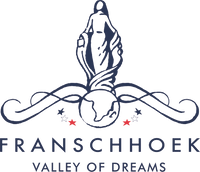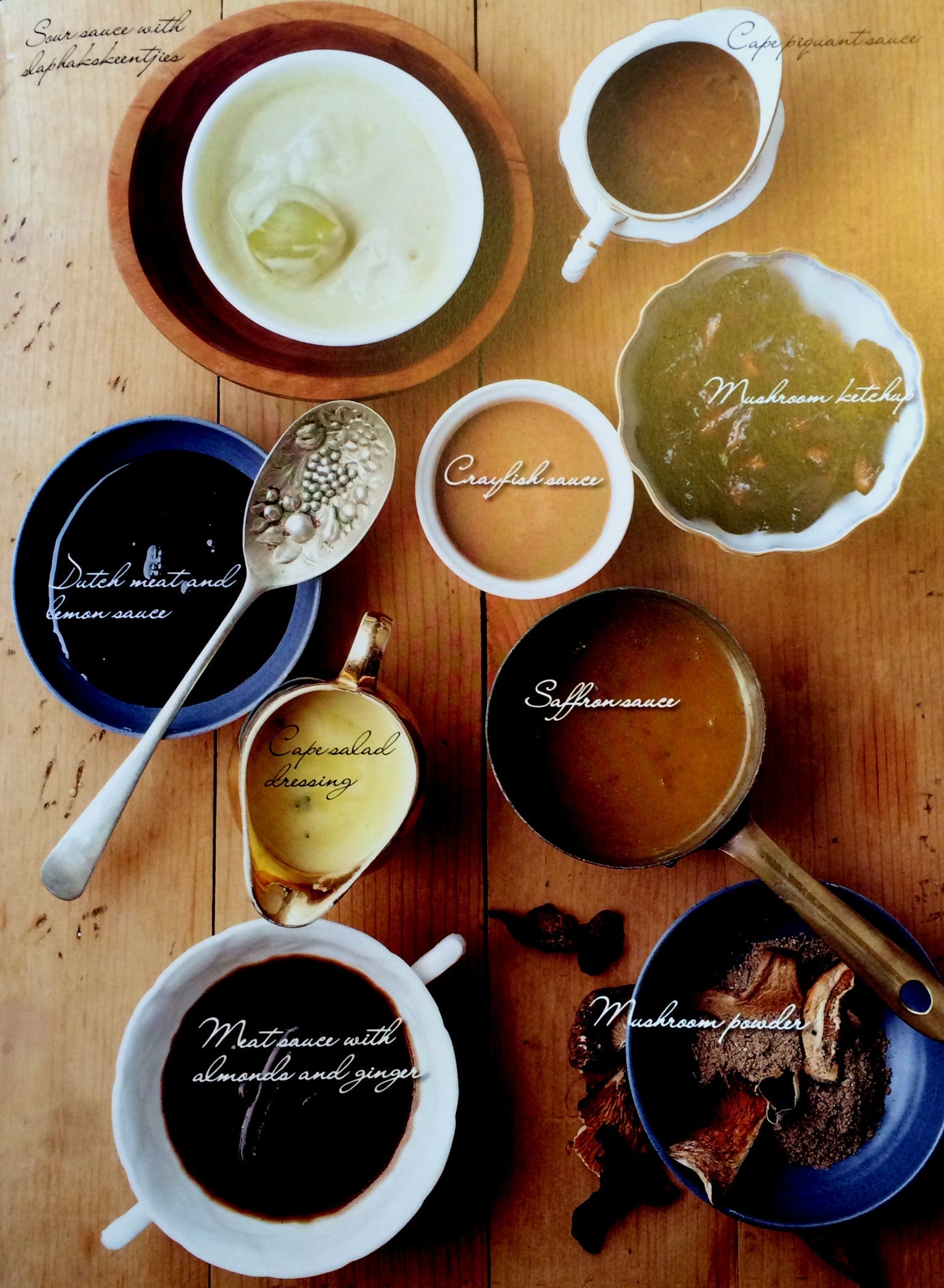
Accompaniments play an important role when it comes to food and wine matching. Your choice of a Béarnaise sauce or red wine jus with your fillet will impact on your choice of wine in quite a serious way!
Sauce might go by a variety of names – from the humble gravy to the posh velouté – but in essence this accompaniment to your meal has one thing in common, it is steeped in history and tradition!
Over the next few weeks we will be sharing some of the recipes for sauces traditionally used in the winelands as contained in our Cape Winelands Cuisine cookbook.
Well-known food historian and La Motte’s Culinary Manager, Hetta van Deventer-Terblanche shares some of her research.
The old Cape recipes for sauces can be divided into 7 groups:
- An olive oil and wine vinegar combination with a little added sugar was the most important sauce or dressing for salad when Jan van Riebeeck came to the Cape in 1652. Depending on the combination, today this sauce is referred to as French or Italian salad dressing. Despite the planting of thousands of olive trees during Jan van Riebeeck’s time, the olive harvest was sometimes too poor for pressing sufficient amounts of olive oil and many cooks resorted to using clarified butter (ghee) instead. After the Cape came under British rule for the second time in 1806, only the sugar and vinegar sauce was used, presumably because olive oil was not imported as the British were not fond of eating salad. This sugar and vinegar sauce is still used today to prepare beetroot salad.
- Various sauces were made to complement meat dishes and this type of sauce was sometimes referred to as ketchup. In his book, The Oxfod Companion to Food, Alan Davidson views the origin of the word ketchup as from the Chinese kai-sup (spiced sauce) or kêtsiap (fermented fish sauce). Accordingly, Cape ketchup often contained anchovy. The word ketcup was incorporated by the Dutch into their language and was also used at the Cape. The most well-known ketchup from old Cape cuisine was tomato sauce, which is still widely used today. A unique sweet-and-sour fruit ketchup also develop from pickles, as prepared in Cape kitchens. These sauces, named after the fruit from which they were made, were enjoyed to such an extent by the seventeenth-century slaves at the Cape that they name it blatjang (chutney) after the flavouring that was used in their home countries to improve the taste of food. At the beginning of the nineteenth century, Sir Thomas Raffles wrote about blatjang in his book History of Java. He described it as an Eastern fermented fish sauce that was made from shrimp and small fish and pressed into forms that resembled large cheeses. It had a very strong smell and is still used today as flavouring when preparing food. In Indonesia it was called trasi or terasie and in Malay blachang or balachan.
- Sauces such as crayfish and mushroom sauce were useful additions if the taste of certain dishes needed improvement.
- The liquid in which meat was cooked was served with the meal as a sauce to spoon over bread, potatoes and rice. When the sauce needed thickening, finely ground nuts or breadcrumbs were used. In 1651 the French chef La Varenne used a roux to thicken the sauce. He mixed flour with the fat (or butter) in the meat saucepan and added water or stock until it reached the correct consistency.
- Curried sauce for fish and meat curries was already well-known in Europe before Jan van Riebeeck came to the Cape. The slaves called these sauces kari or kerrie after the chilli sauce they enjoyed with rice in their home countries. By the middle of the eighteenth century, the word kerrie started to supersede the names for the old traditional dishes. The only similarity between the sauces of the slaves and the Cape sauce was that they were both yellow. The Cape curry was made from various spices of which saffron was essential for flavour and the yellow colour, and it had a meat or fish base. The curry of the slaves consisted of water and chillies, coloured yellow by adding turmeric.
- Egg yolk was sometimes used to thicken the liquid in which food was cooked. The oldest example of such a sauce was prepared by the roman chef Apicius. He made egg custard by thickening milk with egg yolk. This method was also used by him in the oldest recipe for bobotie. During the seventeenth century, this sauce made from milk or the liquid in which meat or vegetables were cooked, together with vinegar, egg and seasoning, was very popular. When the sauce was made with milk it was called white sauce, but when it was made with vinegar or cooking liquid it was called sour sauce – in Britain, sour sauce was called Dutch sauce or Hollandaise. What we know as Hollandaise sauce today was the creation of La Varenne. In 1651 he recorded a recipe in his cookbook for this sour egg sauce with butter.
- The egg custard developed by Apicius was the standard sauce served with desserts until commercial custard powder entered the food products market. Cream was sometimes used instead of custard. Brandy or wine sauce and/or custard was usually served with steamed or baked puddings.

